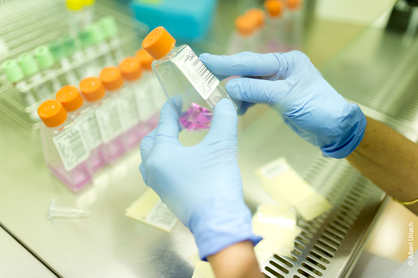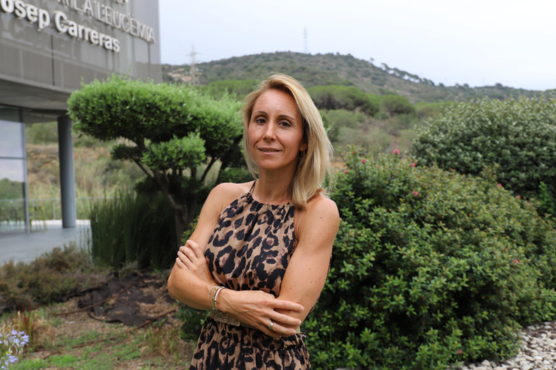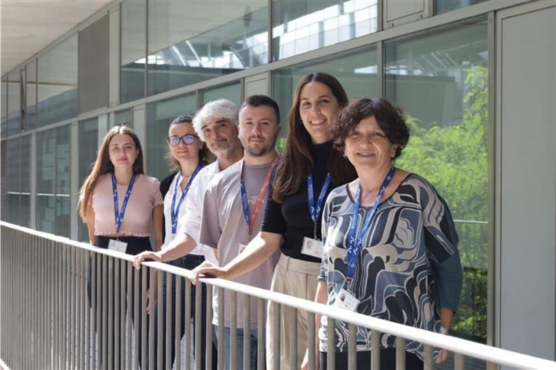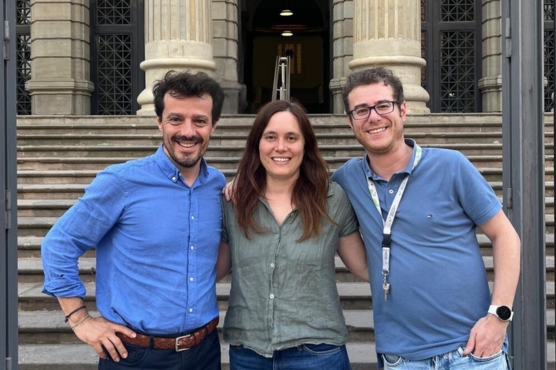Since 2009, the recipient of the Josep Carreras / E.D Thomas Chair was Dr. Hans-Peter Kiem, who has made important advances in cell therapy. Since early this year, Dr. Kiem has passed the baton to Dr. Bruce Clurman who develops his research on the cellular mechanisms that produce cancer cells.
The research taken place at the Fred Hutchinson Cancer Research Center on bone marrow transplants is a great example of how scientific advances can achieve a disease’s cure. Prof. E. Donnall Thomas performed the first bone marrow transplant in the world and as a result he received the Nobel Prize for Medicine in 1990. Prof. Thomas was president of the José Carreras Foundation in the United States until his death in 2012 and promoted the creation of a clinical research chair at the Fred Hutchinson Center funded by the José Carreras Foundation.
This chair is called E. Donnall Thomas/Josep Carreras and is equipped with more than 1,000,000 dollars. The chair holder is chosen amongst the members of the clinical research division of the American center for a period of five years so they can spend 75% of their time to research, thus freeing them from other responsibilities temporarily but without abandoning the care of patients. Since 2009, the recipient of this Chair was Dr. Hans-Peter Kiem, who has made important advances in cell therapy. Since early this year, Dr. Kiem has passed the baton to Dr. Bruce Clurman who develops his research on the cellular mechanisms that produce cancer cells.
Following Dr. Thomas’ footsteps, researchers at the Fred Hutchinson Cancer Research Center are at the forefront of a new generation of therapies aimed at curing cancer. We want to share the progress made by Dr. Kiem and the project that Dr. Clurman is already starting thanks to the E. Donnall Thomas/Josep Carreras Chair of the José Carreras Foundation in the United States.
Dr. Hans-Peter Kiem and stem cell therapy
Dr. Kiem’s research team, which includes more than 20 scientists, is a world leader in creating procedures to try to cure certain genetic blood diseases and some types of brain cancer, such as glioblastoma. He has also developed new forms of treatment based on gene therapies and with stem cells.
 Dr. Hans Peter Kiem
Dr. Hans Peter Kiem
During the last five years, Dr. Kiem has focused his project on investigating how a transplant with genetically modified stem cells may protect patients from some side effects of chemotherapy. Specifically, Dr. Kiem and his team have focused their research on patients with an aggressive type of brain cancer called glioblastoma, associated sometimes with HIV infection.
Thanks to his research, a brain cancer patient has been transplanted for the first time his own blood stem cells genetically modified to protect his marrow from toxic side effects of chemotherapy. The initial results of the trial showed that two patients survived longer than if they had not undergone this kind of transplant and a third patient remains with no disease progression almost three years after treatment.
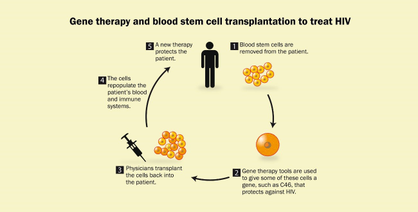 Graph summarizing the system Dr. Kiem is applying in patients suffering from lymphoma and HIV.
Graph summarizing the system Dr. Kiem is applying in patients suffering from lymphoma and HIV.
Moreover, Dr. Kiem has also worked during these years on a clinical trial based on trying to eradicate the HIV virus in a patient being subjected to bone marrow transplantation. To perform this study, scientists relied on the case of Timothy Ray Brown, also known as “the Berlin patient”, the only person so far that has been able to completely eliminate the human immunodeficiency virus (HIV) from his body thanks to a bone marrow transplant. Timothy Ray Brown suffered from leukemia and the doctors who treated him suggested that he undergo a bone marrow transplant from an unrelated donor with a rare gene that protects the body against HIV. The transplant cured Brown from leukemia and HIV in parallel showing the world that, applying this protective gene during transplantation, can cure HIV.
The same way he tries to protect the cells of patients suffering from glioblastoma from the toxicity of chemotherapy, Dr. Kiem wanted to apply the same procedure to try to protect cells from HIV patients and develop new virus-resistant cells. Dr. Kiem also studied patients with HIV who developed lymphoma and remains focused on getting this technique perfected.
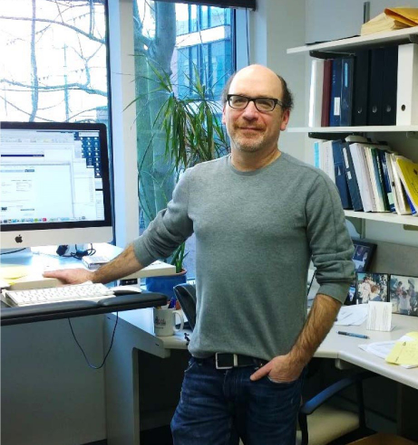 Dr. Bruce Clurman
Dr. Bruce Clurman
Dr. Bruce Clurman and cancer cell growth
Dr. Clurman is an oncologist and has spent most of his career paying special attention to hematopoietic stem cell transplants. His postdoctoral research focused on the mechanisms that control cell division, and how this control is lost in cancer cells. In 1993, Dr. Bruce Clurman already won the E.D. Thomas fellowship awarded annually by the José Carreras Leukaemia Foundation and now he has taken charge of the E. Donnall Thomas/Josep Carreras Chair to focus on the investigation of how abnormal signaling pathways that control cell division and protein degradation may lead to the development of cancer. The knowledge gained will lead to new treatment strategies aimed to intercept these abnormal cell proliferation pathways.



